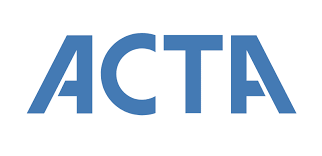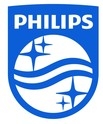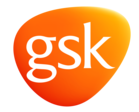Promoting oral health by controlling the microbial ecosystem of the oral cavity
Oral health is generally being described as a state of being free from (chronic) oral diseases. In a recent public-private-partnership, members of the current consortium have shown that oral health is much more than that: a complex network of biological processes actively sustains oral health and supports oral resilience. Philips, GlaxoSmithKline, TNO and ACTA Dental Research were able to identify specific salivary ecotypes in healthy individuals, linked to ecological differences and disease risk. Also, they identified biomarkers linked to different individual clinical outcomes, after a stress intervention.
In the current project their main objective is to use their new knowledge to identify strategies to increase oral resilience of (still clinically healthy) individuals. They will modulate the oral ecosystem of individuals and use molecular, biochemical and machine-learning tools to evaluate the effects of ecosystem variation on oral resilience. While doing so, they will also develop new early diagnostic tools and novel approaches to establish the efficacy of oral care products/strategies. Their project is fully focused on prevention and mainlining oral health and functioning.
The different oral ecotypes (risks for different diseases) imply personalized prevention via support/strategies targeted to the individuals’ ecotype.




